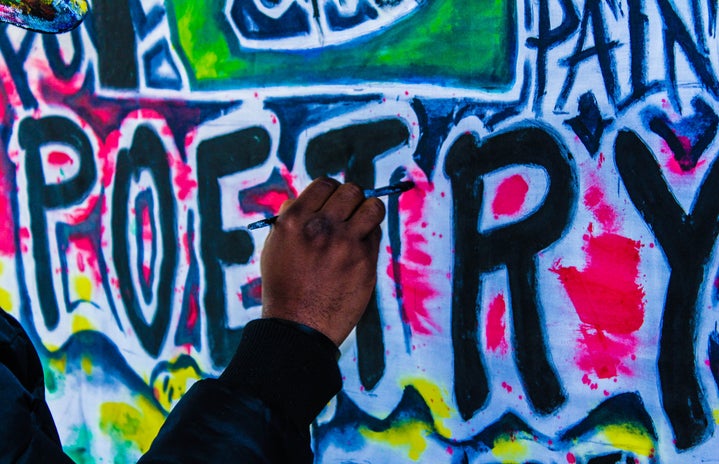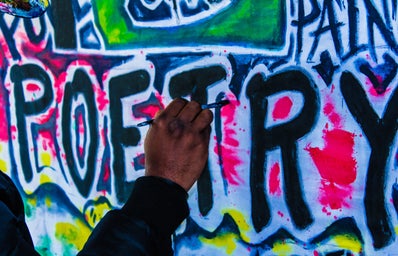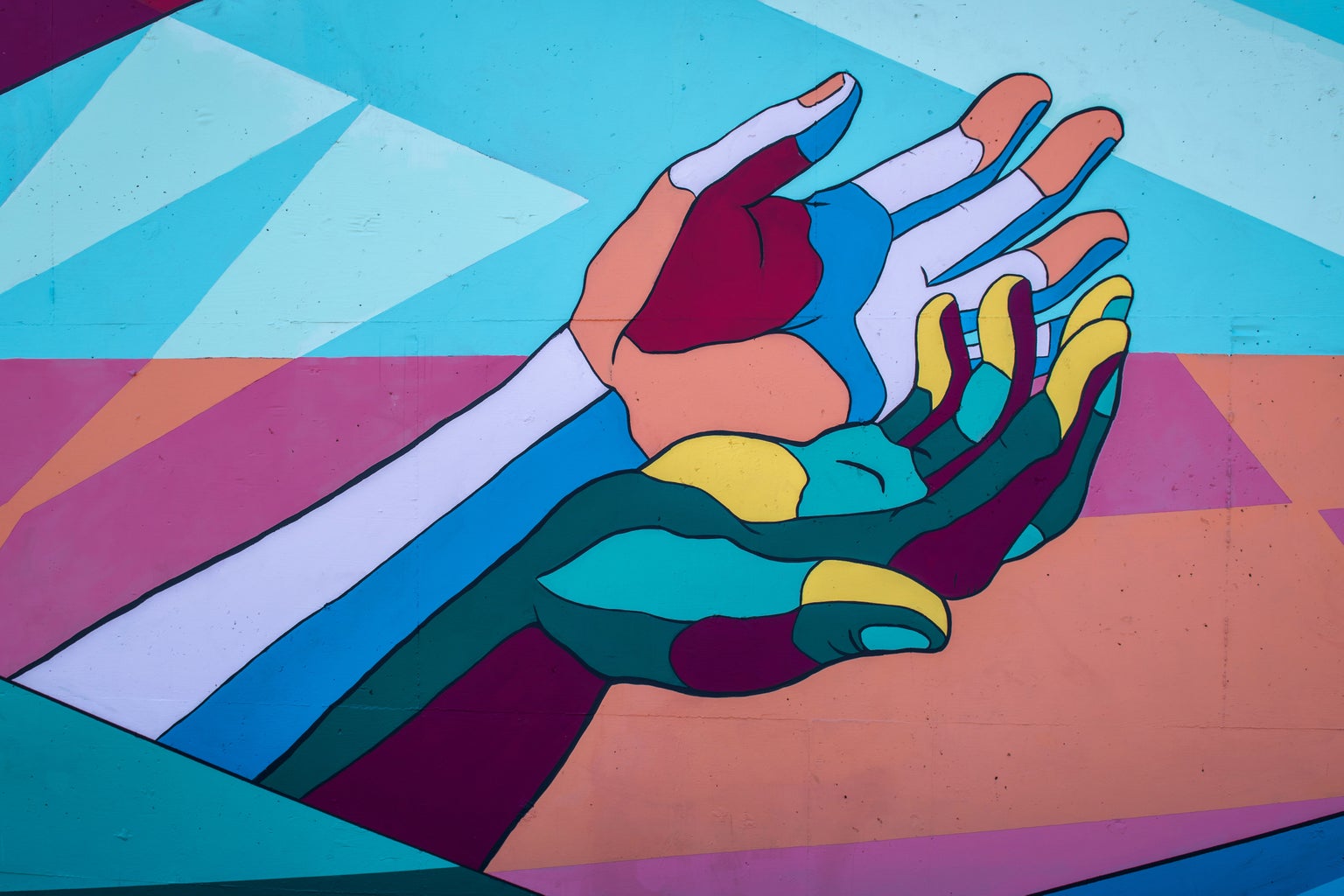In Delhi’s busy streets and old neighborhoods lies a vibrant street art culture, illuminating the city’s history and spirit. This art isn’t just about its long history; it’s a way for artists to express themselves.
In the city’s lively streets, a concealed symphony exists, orchestrated not by traditional ensembles but by serene bursts of color. From the labyrinthine alleys of Old Delhi to the sleek facades of Lodhi Art Colony, a thriving street art culture has permeated the metropolis. This area features artistic murals by local and international artists. One standout piece is “The Monkey King” by Anpu Varkey, depicting a whimsical and colorful monkey against a backdrop of intricate patterns. But these captivating visuals are far more than mere murals; they are potent narratives and social commentaries about the city’s life.
Delhi’s street art is a unique tapestry where ancient threads seamlessly intertwine with modern ones. Artists draw inspiration from the heart of Delhi where lies a tapestry of rich history such as the Mughal architecture, ancient folklore, and the hustle of everyday life. All of these converge to inspire creations, like the majestic Red Fort standing amidst bustling markets, echoing tales of bygone eras. But this art scene isn’t just about aesthetics; it’s a platform for local voices to be heard. Whether it’s fighting for gender equality, raising awareness about the environment, or sparking political conversations, these murals act as canvases for dialogue, reflecting the diverse communities that make Delhi what it is. What was once considered vandalism is now embraced as public art, fostering dialogue and challenging perceptions. This dynamic movement is not just beautifying the city but is also becoming a powerful platform for artists to address social issues and celebrate cultural heritage.
The Lodhi Art District stands out as a prominent hub for street art. Formerly a neglected quarter, this area has been transformed into an open-air art gallery with large-scale murals adorning the walls of buildings. Local and international artists collaborate to breathe life into the neighborhood, turning it into a dynamic space that attracts art enthusiasts and tourists alike. Cultural heritage dances with a modern expression on its picturesque walls. Hauz Khas Village, popularly known as HKV, is a trendy neighborhood in Delhi; adorned with artwork reflecting both traditional and contemporary themes. One notable piece is “Spray Your Message” by Yantr, which combines elements of modern street art techniques with graffiti. Nizamuddin Basti, a historic area, is ornamented with murals that pay homage to its rich cultural heritage. “Mahatma Gandhi mural by Anpu Vakrey” the mural is 158 feet tall and is dedicated to the father of the nation – Mahatma Gandhi, and it adorns the walls of the Delhi Police Headquarters. Anpu is influenced by clouds, barren landscapes and time travel and the same is reflected in her gorgeous masterpieces!
Several artists honor Delhi’s heritage by infusing Mughal architecture’s intricate patterns into their work, reminiscent of the grand designs in historical monuments like the Red Fort, the Qutub Minar, or the tombs across the city. Additionally, they breathe life into their artwork by interweaving captivating tales from ancient folklore into their pieces.
This seamless blend creates a visual narrative that transcends time, reminding viewers of Delhi’s rich tapestry while offering fresh perspectives. The interactive nature of street art further cements its role as public art. Unlike traditional museums, these works exist in public spaces, sparking real-time reaction and discourse. Pedestrians become art critics or admirers. With some sharing their interpretations on social media and furthering the idea of these creatives. This accessibility makes street art a powerful tool for community engagement, fostering a sense of ownership and belonging.
Delhi’s graffiti paste-ups and stencil art museums showcase diverse urban art forms, showcasing social commentary or cultural expressions. One notable example is the Lodhi Art District. Here, the walls serve as canvases for various artists, including Ranjit Dahiya’s larger-than-life Bollywood-themed murals. The “St+art India Foundation has curated exhibitions featuring stencil art, such as the one at the Sassoon Dock Art Project, highlighting the works of renowned artists like Yantr, who incorporate stencil techniques to address environmental and societal issues. These museums not only celebrate street art but also provide platforms for dialogue and reflection on contemporary issues. This democratic approach to art ensures that creativity isn’t confined to galleries but is accessible to anyone who traverses the city’s streets. While the transient nature of street art means that some pieces may fade over time, the essence of Delhi’s street art culture persists. It indicates the city’s resilience, diversity, and constant metamorphosis. Delhi’s streets, once majorly adorned by historical monuments, now bear witness to a living, breathing canvas that captures the pulse of a place in perpetual motion. The street art of Delhi isn’t just about images on walls; it’s a testament to the city’s evolving identity and the voices that shape it.
However, challenges remain. Street art often walks a tightrope between artistic expression and vandalism. Despite the impediments, Delhi’s street art scene is flourishing. Artists are finding innovative ways to navigate limitations, and the public is increasingly receptive to their messages. From beautifying streets to sparking imperative dialogues, this movement is transforming the city’s cultural landscape, one mural at a time. As Delhi continues to embrace this, it paves the way for other Indian cities to follow suit, showcasing the power of art to reclaim public spaces, celebrate diversity, and challenge the status quo.



